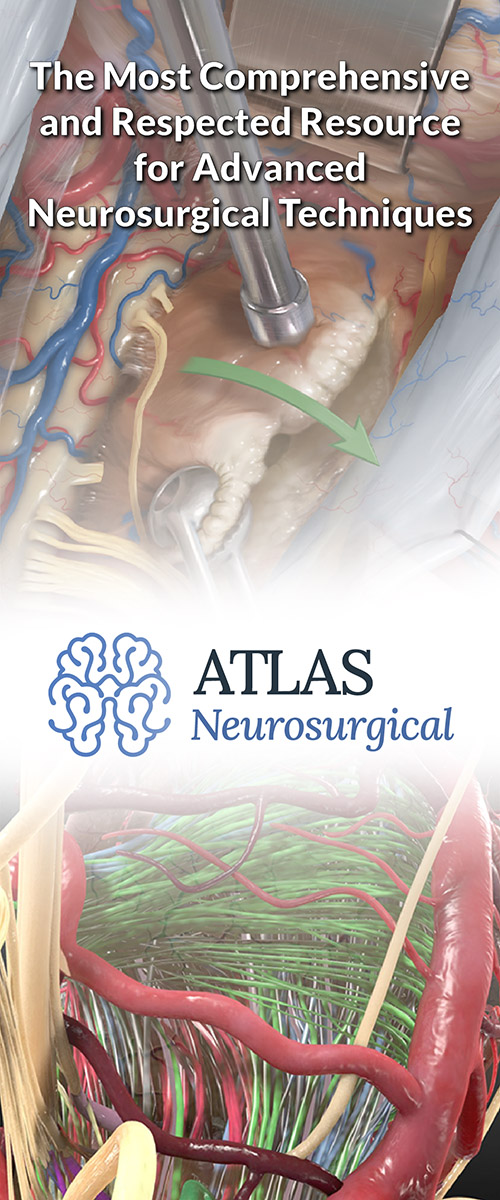Overview of CT Scan
What is a CT Scan?
A CT (computerized tomography) scan, also known as a CAT (Computed Axial Tomography) scan, is an advanced imaging technique that utilizes X-rays and computer processing to create detailed cross-sectional images of the body. Unlike traditional X-rays, which provide a single two-dimensional image, CT scans offer a more comprehensive view by capturing multiple images from different angles.
The CT scanner itself is a large, ring-shaped machine that houses an X-ray tube and detectors. As the patient lies on a motorized table that slides into the scanner's opening, the X-ray tube rotates around the body, emitting beams that pass through the tissues.
The detectors on the opposite side measure the amount of X-rays that make it through, allowing the machine to differentiate between various types of tissue based on their density.
Computed Tomography (CT) scans have revolutionized medical imaging, providing healthcare professionals with detailed, three-dimensional views of the body's internal structures. This powerful diagnostic tool has become an essential component in modern medicine, particularly in neurology and neurosurgery.
How Do CT Scans Work?
The fundamental principle behind CT scans is the differential absorption of X-rays by different tissues in the body. Here's a step-by-step overview of the process:
- X-ray Emission: The CT scanner emits X-ray beams from multiple angles around the body.
- Tissue Absorption: Different types of tissue absorb X-rays at varying rates. For example, dense tissues like bone absorb more X-rays than softer tissues like fat or muscle.
- Detection: Detectors on the opposite side of the X-ray source measure the amount of radiation that passes through the body.
- Data Processing: The CT machine collects data from multiple angles and uses complex algorithms to construct a three-dimensional image of the scanned area.
- Image Reconstruction: The processed data is used to create detailed cross-sectional images, which can be viewed individually or combined to form a 3D representation of the body part.
Applications of CT Scans in Neurology and Neurosurgery
CT scans have become an indispensable tool in the fields of neurology and neurosurgery. They are particularly useful for examining the brain and can help diagnose various conditions, including:
- Brain Tumors: CT scans can reveal the presence, size, and location of tumors, which is crucial for treatment planning.
- Skull Fractures: These scans can detect fractures and other traumatic injuries to the skull.
- Intracranial Hemorrhage: CT scans are excellent at identifying bleeding within the brain.
- Stroke: They can help diagnose both ischemic and hemorrhagic strokes.
- Hydrocephalus: CT scans can detect fluid buildup in the brain.
- Other neurological conditions: They can also help in diagnosing conditions like infections, congenital abnormalities, and neurodegenerative diseases.
Why should you have your surgery with Dr. Cohen?
Dr. Cohen
- 7,000+ specialized surgeries performed by your chosen surgeon
- More personalized care
- Extensive experience = higher success rate and quicker recovery times
Major Health Centers
- No control over choosing the surgeon caring for you
- One-size-fits-all care
- Less specialization
For more reasons, please click here.
Preparing for a CT Scan
Consultation with Your Doctor
Before the scan, it's crucial to have a detailed discussion with your healthcare provider. This conversation should cover:
- Your medical history, including any allergies or previous reactions to contrast materials
- Current medications, as some may need to be paused before the scan
- Pregnancy status, as CT scans involve radiation exposure
Dietary Restrictions
- Fasting: Some scans require fasting for a few hours before the procedure, especially if contrast dye is to be used.
- Hydration: Unless instructed otherwise, staying hydrated is generally recommended.
Understanding Contrast Dye Use
Contrast dye is often used in CT scans to enhance image clarity. It can be administered orally or intravenously, depending on the area being examined.
It's important to inform your healthcare provider about any known allergies, especially to iodine or shellfish. These allergies are likely to predict an allergy to contrast dye.
Appropriate Attire
On the day of the scan, wear loose, comfortable clothing. You may be asked to change into a hospital gown.
Avoid wearing jewelry or any metal objects, as these can interfere with the imaging process.
Timely Arrival
Plan to arrive at the facility early to complete any necessary paperwork and allow time for any pre-scan preparations. This can help reduce stress and ensure that the procedure starts on time.
The CT Scan Procedure
- Positioning: You'll lie on a table that moves through the CT scanner. The technician will ensure you're positioned correctly for the scan.
- Contrast administration: If contrast is being used, it will be administered either orally or intravenously at this point.
- Scanning: The table will move slowly through the scanner as it rotates around you, capturing images. It's important to remain still during this time to ensure clear images.
- Communication: The radiology technician will communicate with you throughout the procedure, providing instructions and updates.
- Duration: The entire procedure usually takes about 10 to 20 minutes, depending on the area being scanned.
Potential Risks and Side Effects of CT Scans
While CT scans are generally safe and painless, there are some potential risks and side effects to be aware of:
Radiation Exposure
- CT scans use ionizing radiation, which in high doses can potentially increase the risk of cancer. However, the radiation dose from a single CT scan is relatively low.
- The risk is thought to be very small, with the chances of developing a fatal cancer due to a CT scan estimated at about 1 in 2,000.
- It's important to note that the benefits of a medically necessary CT scan typically outweigh the small potential risk from radiation exposure. Modern CT scanners are designed to use the lowest radiation dose possible while still producing high-quality images.
Contrast Material Reactions
If your CT scan requires contrast material, there's a small risk of an allergic reaction. Most reactions are mild, causing symptoms like itchiness or a rash. In rare cases, more severe allergic reactions can occur.
Some people may experience side effects from the contrast material, including:
- Nausea and vomiting
- Headaches
- Dizziness
- A warm, flushed sensation
- A metallic taste in the mouth
These effects are usually temporary and resolve on their own.
In rare cases, the contrast material used in CT scans can affect kidney function, particularly in people with pre-existing kidney problems or diabetes. Your doctor will assess your kidney function before administering contrast material if there's any concern.
Incidental Discoveries
CT scans are a highly effective diagnostic tool that are absolutely essential to diagnosing many disease processes. Sometimes, CT scans may reveal unexpected abnormalities unrelated to the original reason for the scan.
These "incidental findings" can sometimes lead to early detection of serious conditions. However, they may also lead to unnecessary follow-up tests or procedures.
Be sure to discuss the possibility of these discoveries with your care team, and be mindful of the implications.
Special Considerations
Pregnancy
If you're pregnant or think you might be, it's crucial to inform your healthcare provider before having a CT scan.
While the radiation from a CT scan is unlikely to harm an unborn baby unless the scan is of the abdomen or pelvis, your doctor may recommend alternative imaging methods like ultrasound or MRI.
Children
Children are more sensitive to radiation than adults, so special care is taken when performing CT scans on pediatric patients.
The CT machine's settings are adjusted to use the lowest possible radiation dose while still obtaining the necessary images.
After the CT scan
Once the CT scan is complete, there are a few important steps to follow:
- Observation: You may be observed for a short period, especially if contrast dye was used, to monitor for any adverse reactions.
- Hydration: Drinking plenty of fluids can help flush the contrast dye from your system.
- Results: The images from your CT scan will be reviewed by a radiologist, who will prepare a report for your doctor. Your doctor will then discuss the results with you during a follow-up appointment.
Key Takeaways
- CT scans provide detailed 3D images, essential for diagnosing and treating many medical conditions, especially in neurology and neurosurgery.
- Though CT scans use ionizing radiation, the risks are small and minimized by modern technology, while the benefits of accurate diagnosis outweigh these risks.
- Proper preparation and following post-scan instructions help ensure a smooth and effective procedure.
- Discussing the benefits and risks of CT scans with your healthcare provider is important for personalized, informed decision-making.
- CT scans are one of many diagnostic tools, and working closely with your healthcare team ensures the best care for your needs.




